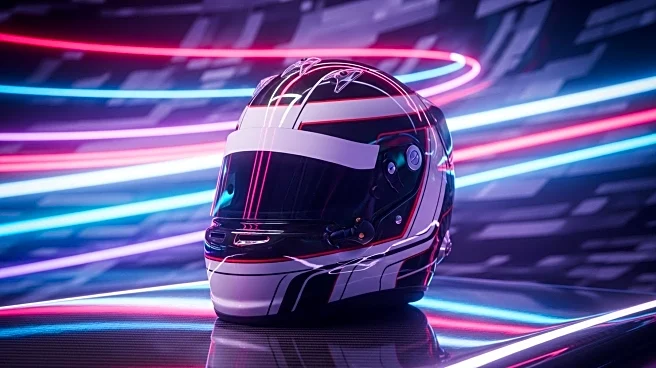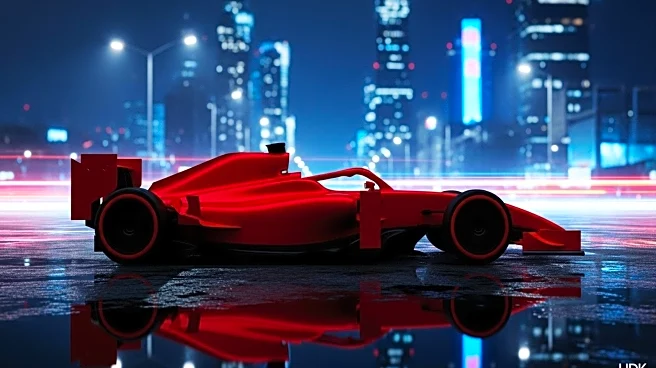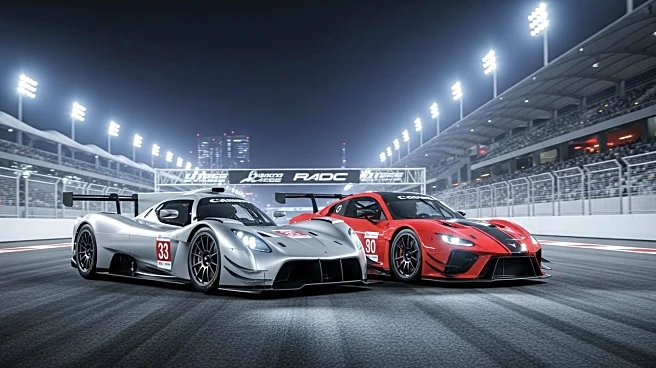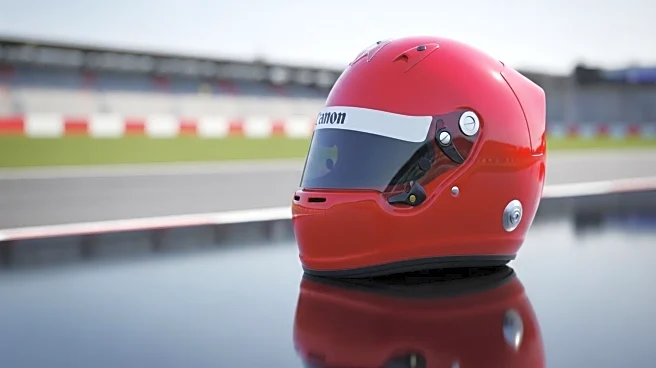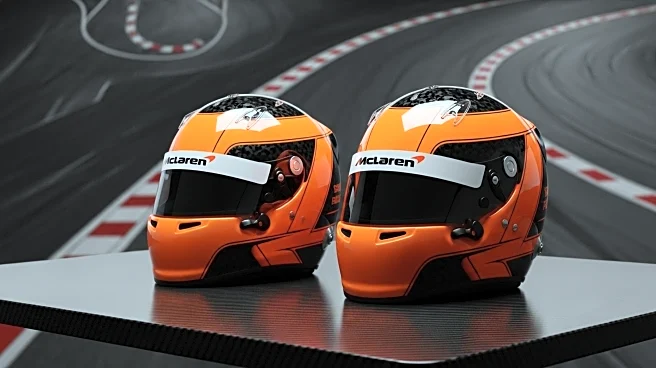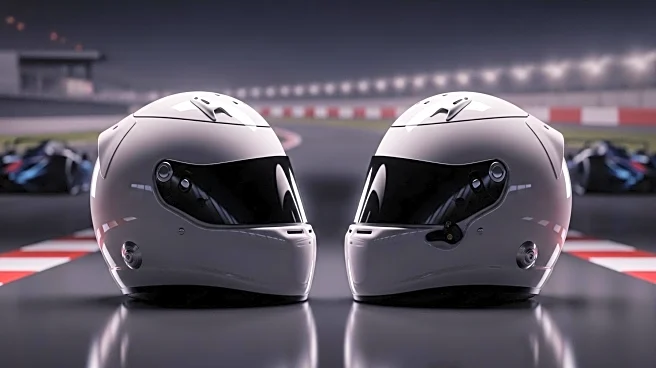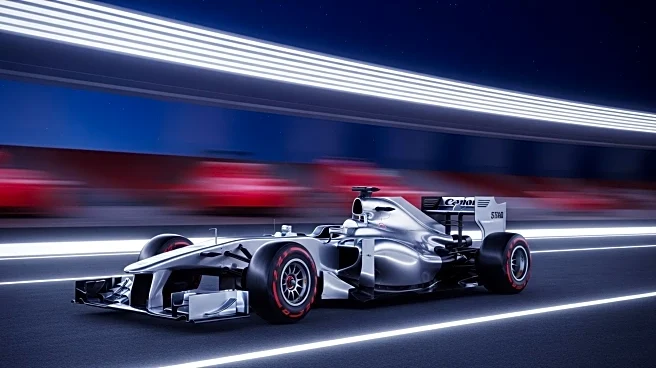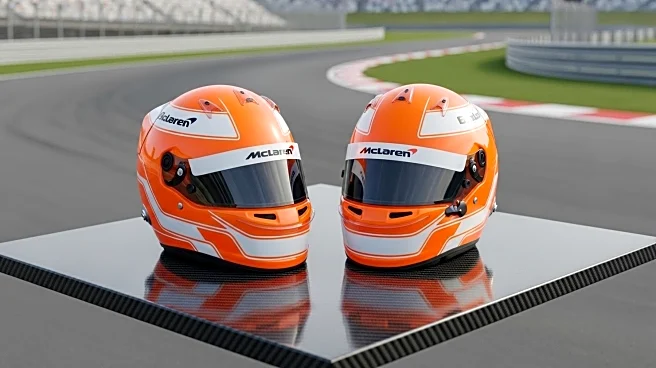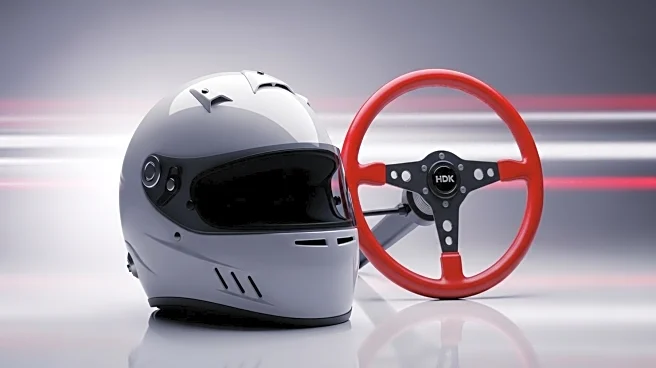What's Happening?
Lewis Hamilton topped the timesheets for Ferrari during the second practice session of the Azerbaijan Grand Prix, showcasing a strong performance on the challenging Baku street circuit. Hamilton's pace was unmatched, with a best lap time of 1:41.293, narrowly edging out his Ferrari teammate Charles Leclerc by 0.074 seconds. Meanwhile, McLaren drivers Lando Norris and Oscar Piastri faced difficulties, both hitting the walls during the session. Norris, who had set the fastest time in the morning, damaged his car at Turn Four, ending his session prematurely. Piastri, the current title leader, also encountered trouble at Turn 15 but managed to avoid significant damage. Despite these setbacks, Piastri completed heavier-fuel race runs, potentially giving him an edge for the race. The session concluded with Mercedes' George Russell and Kimi Antonelli following the Ferraris, while Haas' Oliver Bearman surprised with a fifth-place finish.
Why It's Important?
The performance of Lewis Hamilton and Ferrari in the practice session is significant as it indicates a potential shift in the competitive dynamics of the Formula 1 season. Hamilton's strong showing suggests that Ferrari may have found improvements in their car setup, which could impact the Constructors' Championship race. McLaren's struggles, particularly with Norris and Piastri's incidents, highlight the challenges teams face on the Baku circuit and could affect their championship aspirations. The session's results also underscore the competitive nature of the current F1 season, with multiple teams vying for top positions, including Mercedes and Haas, who showed promising pace.
What's Next?
As the Azerbaijan Grand Prix weekend progresses, teams will focus on refining their strategies and setups for the upcoming qualifying session and race. McLaren will need to address the issues faced by Norris and Piastri to remain competitive. Ferrari, buoyed by Hamilton's performance, will aim to capitalize on their current form. The qualifying session will be crucial in determining the starting grid, and teams like Red Bull, who typically improve after practice, will be closely watched. The race itself promises to be a strategic battle, with tire management and track position playing key roles.


